
* ShiftML3 predicts full chemical shielding tensors
* DFT accuracy for 1H, 13C, and 15N
* ASE integration
* GPU integration
Code: github.com/lab-cosmo/Sh...
Install from Pypi: pip install shiftml
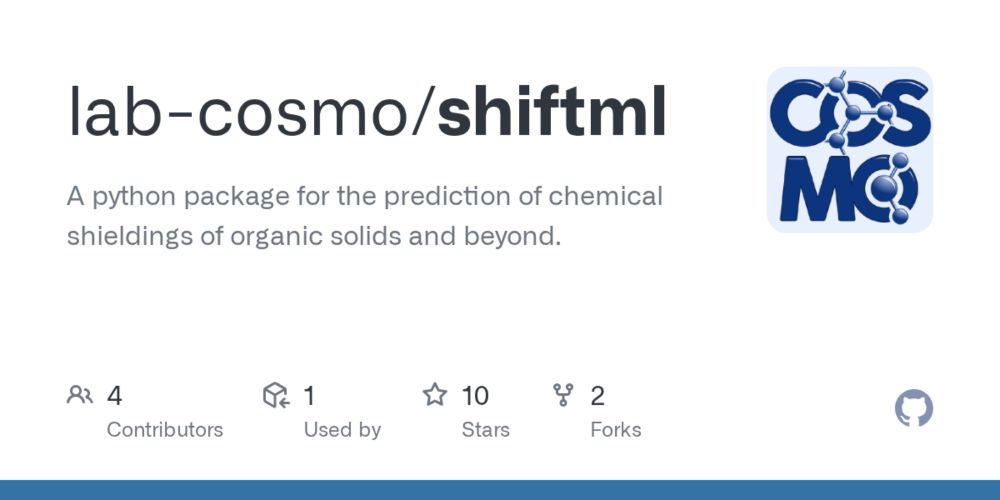
* ShiftML3 predicts full chemical shielding tensors
* DFT accuracy for 1H, 13C, and 15N
* ASE integration
* GPU integration
Code: github.com/lab-cosmo/Sh...
Install from Pypi: pip install shiftml
Contrary to the accompanying theory & code paper doi.org/10.1063/5.00..., the underlying theoretical concepts are minimized and only introduced as needed.

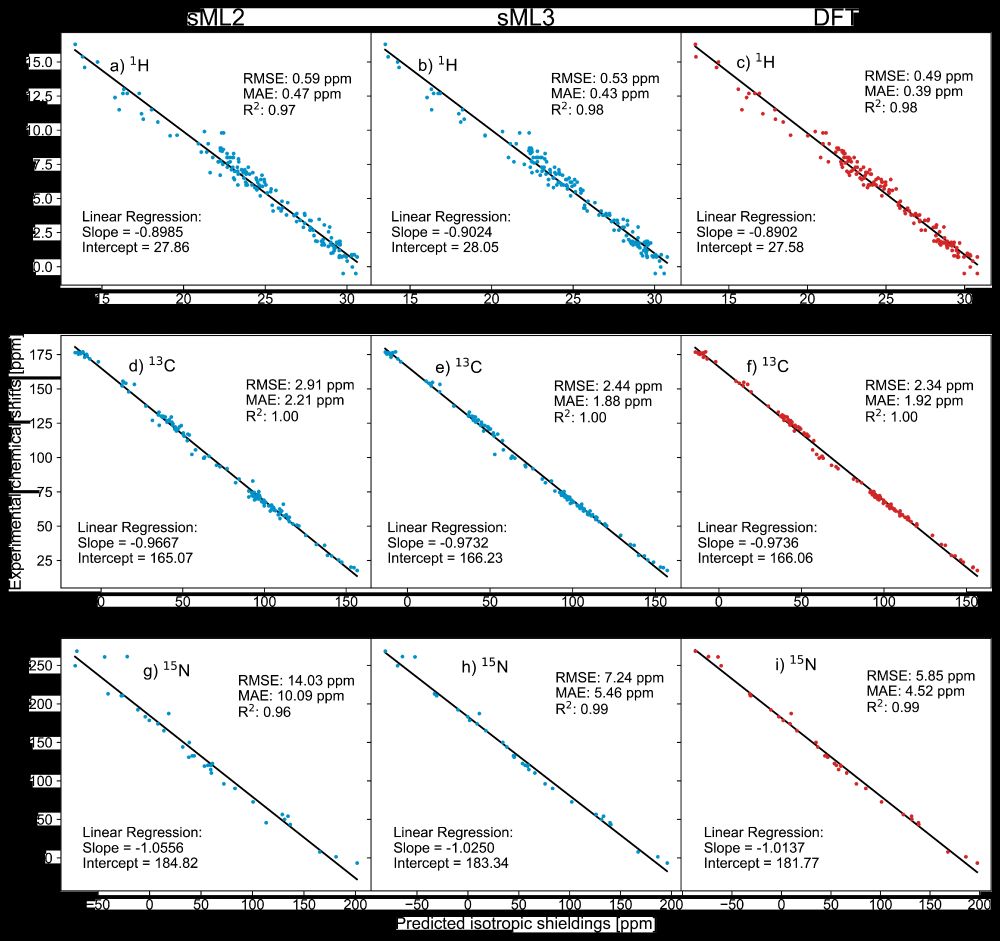
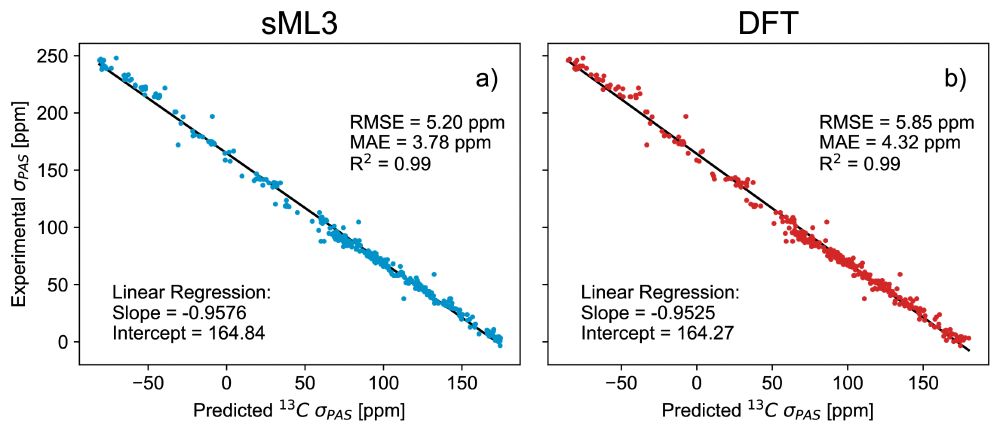


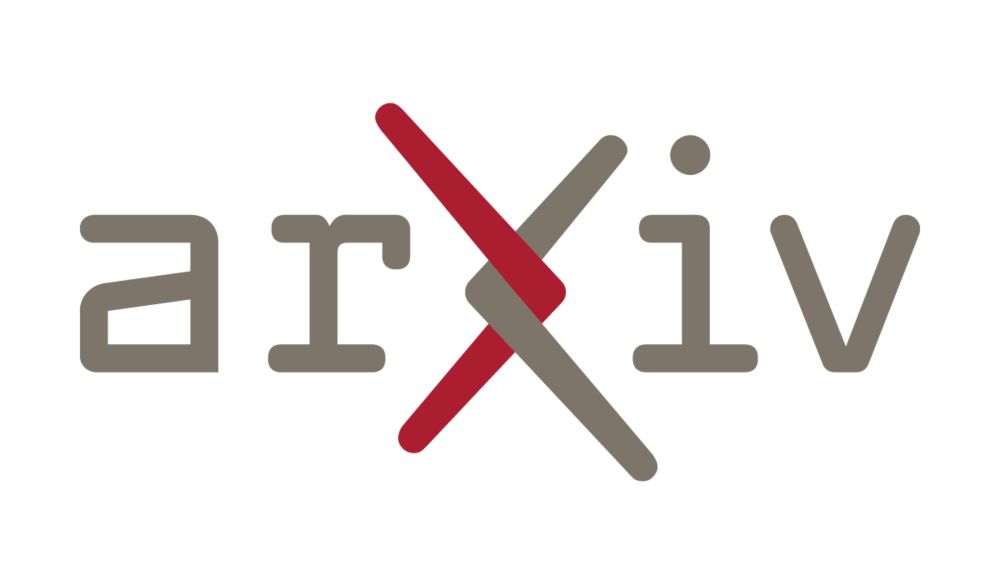

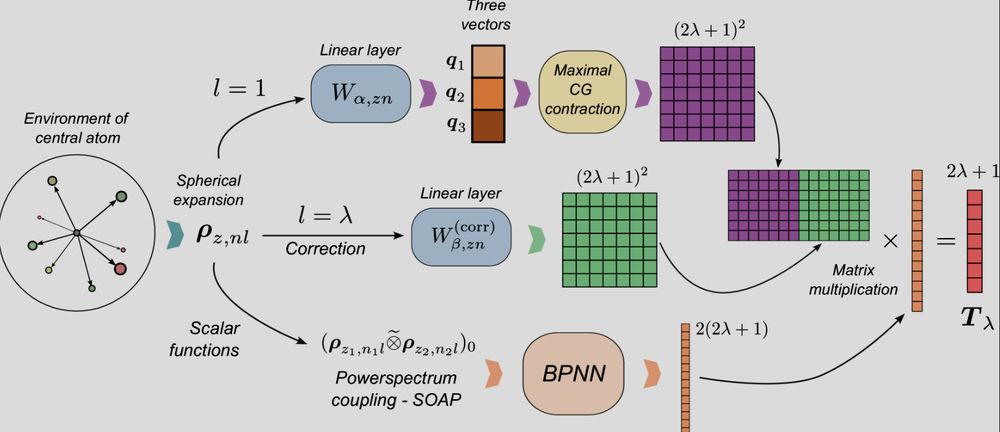



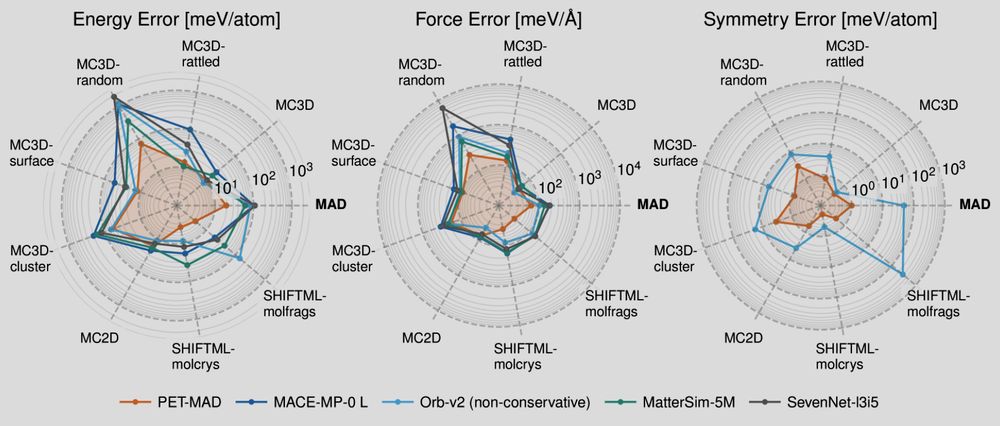

atomistic-cookbook.org/examples/pol...
Thanks @ppegolo.bsky.social for the recipe, and the whole 🧑🚀 team for the underlying infrastructure.
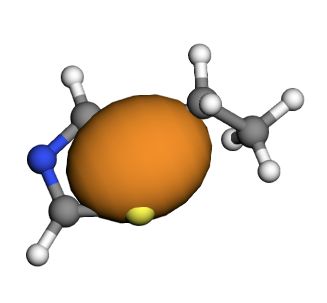
atomistic-cookbook.org/examples/pol...
Thanks @ppegolo.bsky.social for the recipe, and the whole 🧑🚀 team for the underlying infrastructure.

No, Outlook, I don't want to use "AI"
No, Slack, I don't want to use "AI"
No, DuckDuckGo, I don't want to use "AI"
No, Samsung, I don't want to use "AI"
No, my *fucking oven*, I don't want to use "AI"
No, Outlook, I don't want to use "AI"
No, Slack, I don't want to use "AI"
No, DuckDuckGo, I don't want to use "AI"
No, Samsung, I don't want to use "AI"
No, my *fucking oven*, I don't want to use "AI"


